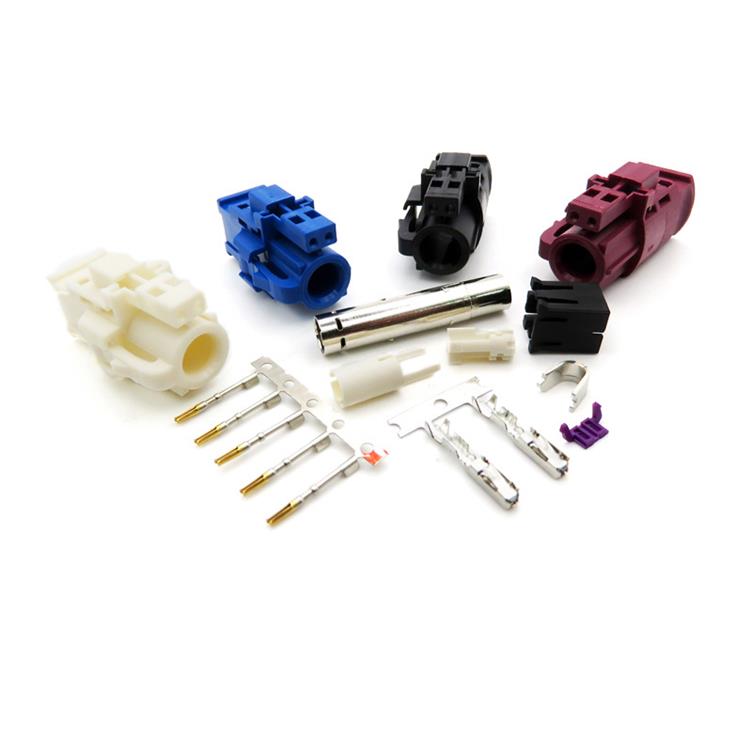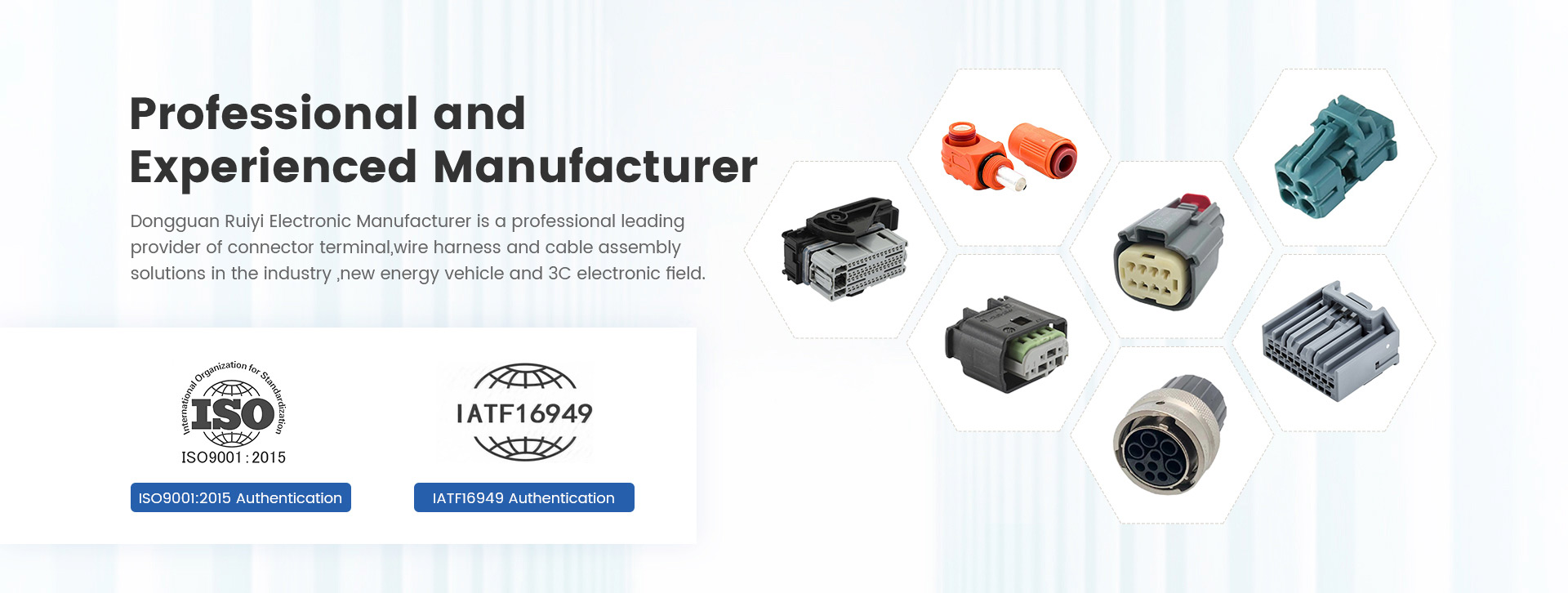In the realm of modern electronics, connectivity is paramount. From smartphones to automobiles, seamless data transmission is essential for functionality and performance. Amidst this Technological landscape, the HSD4+2 Connector emerges as a crucial component, facilitating high-speed data exchange in a compact and efficient manner.

Understanding the HSD4+2 Connector
The HSD4+2 Connector, an abbreviation for High-Speed Data 4+2, represents a sophisticated interface engineered to meet the demands of contemporary electronic systems. It is designed to transmit high-speed data, typically used in automotive applications, including infotainment systems, advanced driver-assistance systems (ADAS), and in-vehicle networking.
Key Features
High-Speed Data Transmission: As the name suggests, the HSD4+2 connector excels in transmitting data at high speeds, ensuring rapid communication between various electronic components within a system.
Compact Design: Despite its advanced capabilities, the connector boasts a compact design, making it suitable for integration into space-constrained environments commonly found in automotive and industrial settings.
Robustness: Built to withstand the rigors of demanding environments, the HSD4+2 connector offers robustness and reliability, ensuring consistent performance even under adverse conditions such as temperature variations and mechanical stress.
Shielding: Shielding mechanisms incorporated within the connector enhance signal integrity by minimizing electromagnetic interference (EMI), thus preserving data accuracy and reliability.
Applications in Automotive Electronics
Automobiles represent one of the most prominent domains benefiting from the HSD4+2 connector's capabilities. Here's how it contributes to various automotive applications:
1. Infotainment Systems
In modern vehicles, infotainment systems serve as the hub for entertainment, navigation, and connectivity features. The HSD4+2 connector facilitates the seamless transmission of audio, video, and data signals, enabling a rich multimedia experience for passengers.
2. Advanced Driver-Assistance Systems (ADAS)
ADAS technologies, including adaptive cruise control, lane departure warning, and automatic emergency braking, rely on real-time data processing and communication between sensors, processors, and actuators. The HSD4+2 connector ensures low-latency data transmission, enabling responsive and reliable operation of ADAS features, thus enhancing vehicle safety.
3. In-Vehicle Networking
Modern vehicles incorporate a multitude of electronic control units (ECUs) responsible for various functions such as engine management, transmission control, and climate control. The HSD4+2 connector facilitates high-speed communication between these ECUs, enabling efficient coordination and synchronization of vehicle subsystems for optimal performance and efficiency.
Future Perspectives and Innovations
As the automotive industry continues to evolve, driven by trends such as electrification, connectivity, and autonomous driving, the role of connectors like the HSD4+2 will become even more critical. Future innovations may focus on:
Higher Data Rates: With the advent of technologies such as 5G connectivity and higher-resolution displays, there will be a growing demand for connectors capable of supporting even higher data rates to accommodate increasingly data-intensive applications.
Integration with Emerging Standards: The HSD4+2 connector may evolve to seamlessly integrate with emerging industry standards, ensuring compatibility and interoperability across diverse automotive platforms and ecosystems.
Enhanced Durability: Ongoing research and development efforts may lead to the creation of HSD4+2 connectors with enhanced durability, capable of withstanding extreme environmental conditions and prolonged usage cycles.
Conclusion
In the fast-paced world of modern electronics, connectivity serves as the lifeblood of innovation. The HSD4+2 connector stands at the forefront, enabling high-speed data transmission with efficiency, reliability, and robustness. As automotive technology continues to advance, this versatile connector will play an increasingly pivotal role in shaping the future of mobility, driving innovation, and enhancing the driving experience for consumers worldwide.


